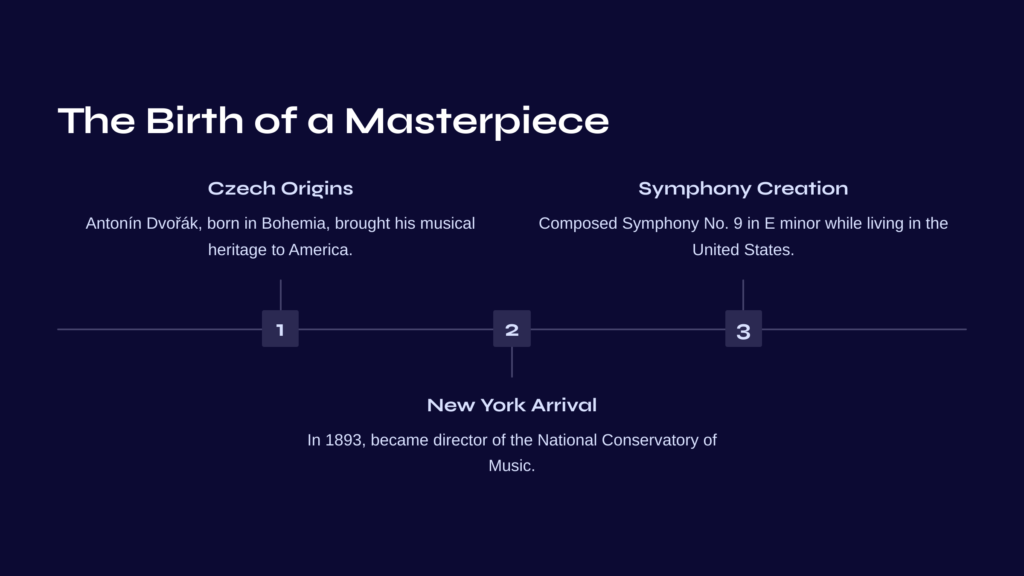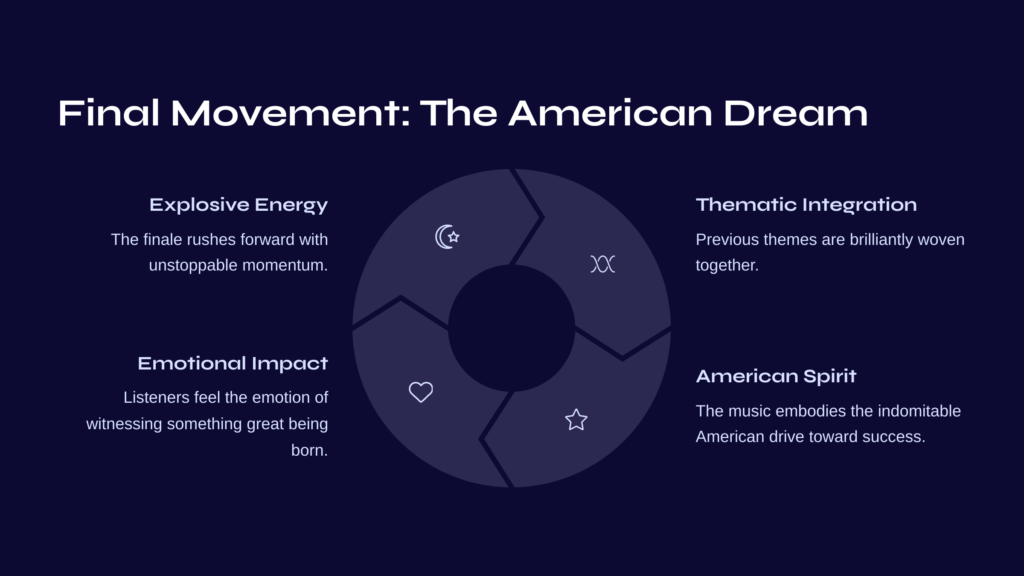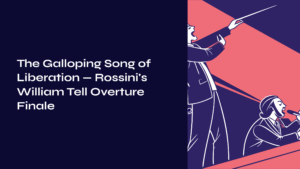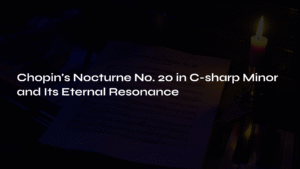On a rainy Sunday afternoon, an English horn’s deep, melancholy melody flowed from the radio I had casually turned on. Like an old friend suddenly appearing, I stopped everything and simply listened. It was the second movement of Dvořák’s “New World Symphony.”

Antonín Dvořák’s Symphony No. 9 in E minor, “From the New World,” is the crystallization of the composer’s time in America. In 1893, Czech-born Dvořák, invited to be the director of the National Conservatory of Music in New York, composed this piece while living in the United States. It’s a musical journey where the wonder of a strange continent intersects with longing for his homeland.

The tension-filled introduction of the first movement feels like the departure signal of a ship crossing the Atlantic. Whenever I listen to this part, I imagine Manhattan’s skyline slowly emerging from the fog. The complex emotions of expectation and fear before an exotic landscape are vividly alive in the dialogue between strings and wind instruments.

And then the second movement, the famous “Largo.” Beginning with the solitary solo of an English horn, this movement is undoubtedly the heart of the symphony. When I first heard this melody, I was captivated by emotions as if watching a sunset over the vast American plains. This deeply nostalgic melody was later given lyrics as “Going Home” and sung like a folk song. Interestingly, while many believe Dvořák borrowed from African American spirituals or Native American music, he actually reinterpreted the “spirit” of these musics in his own way.

The lively scherzo of the third movement seems to depict the vibrant city life of America. When I first heard this section, I imagined the bustling streets of late 19th century New York, a scene where the sounds and colors of various immigrants mingled. The playful motifs of the woodwinds capture the diverse voices of the city.

The passionate finale of the last movement is the climax of this entire journey. The themes from previous movements are brilliantly woven together, rushing with explosive energy – like the indomitable spirit of America toward success, the “American Dream” embodied in music. Whenever I listen to this movement, my heart races, and I feel the emotion of witnessing the birth of something great.

What makes the “New World Symphony” special is that it’s not merely a musical postcard about America, but captures the universal human experience of being in an unfamiliar place. Hope and wonder for a new world, yet simultaneously a deep longing for home. Dvořák beautifully harmonized these contradictory emotions.

I particularly enjoy listening to this piece while traveling. Waiting at a train station or airport in an unfamiliar city, listening to the “New World Symphony” through earphones makes those complex emotions Dvořák must have felt even more vivid. Especially at sunset, listening to the second movement’s melody while looking at the unfamiliar landscape outside the window creates a sense of connection that transcends time and space.

If you want to appreciate this piece more richly, reading anecdotes about Dvořák’s time in America is a good approach. His time with the Czech immigrant community in Spillville, Iowa, his interactions with his African American student Harry Burleigh, and his interest in Native American music… Knowing this background allows you to discover the multiple layers hidden within the music.

Another tip would be to compare interpretations by different conductors. Bernstein’s passionate and dramatic interpretation, Karajan’s sophisticated and balanced approach, Kubelík’s version brimming with Czech sentiment… You can experience what feels like different stories being told through the same piece.
In some sense, we are all travelers seeking a “New World.” A new job, a new relationship, a new challenge… In that moment when we leave the familiar behind and step into the unknown, we understand Dvořák’s heart. Tonight, close your eyes and embark on a journey with the “New World Symphony.” And may you discover your own hopes and dreams for a “new world” within the music.



